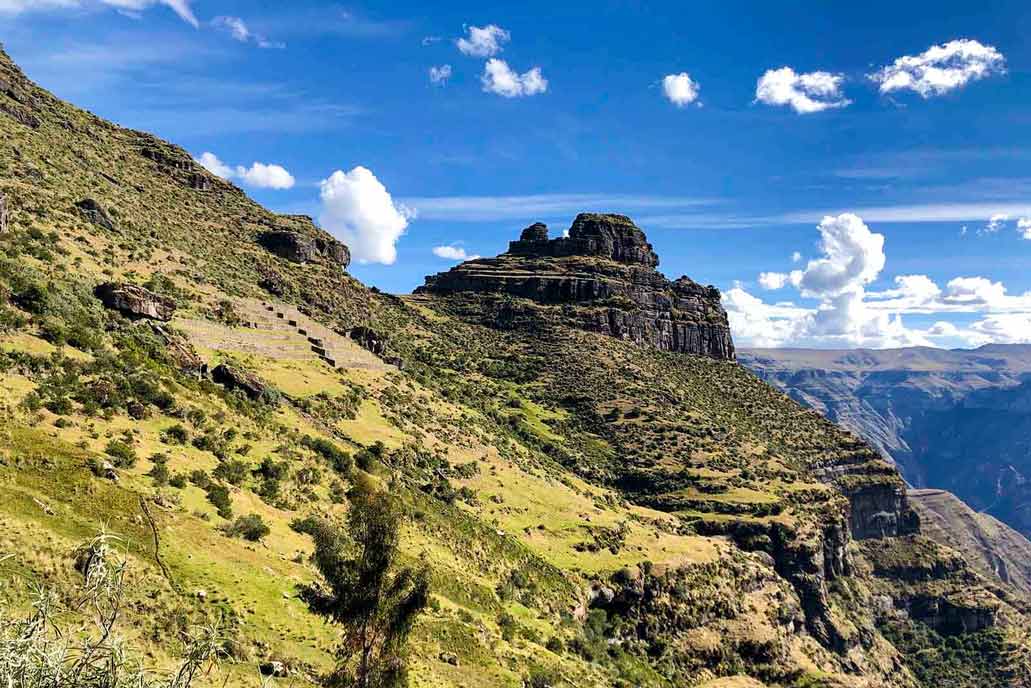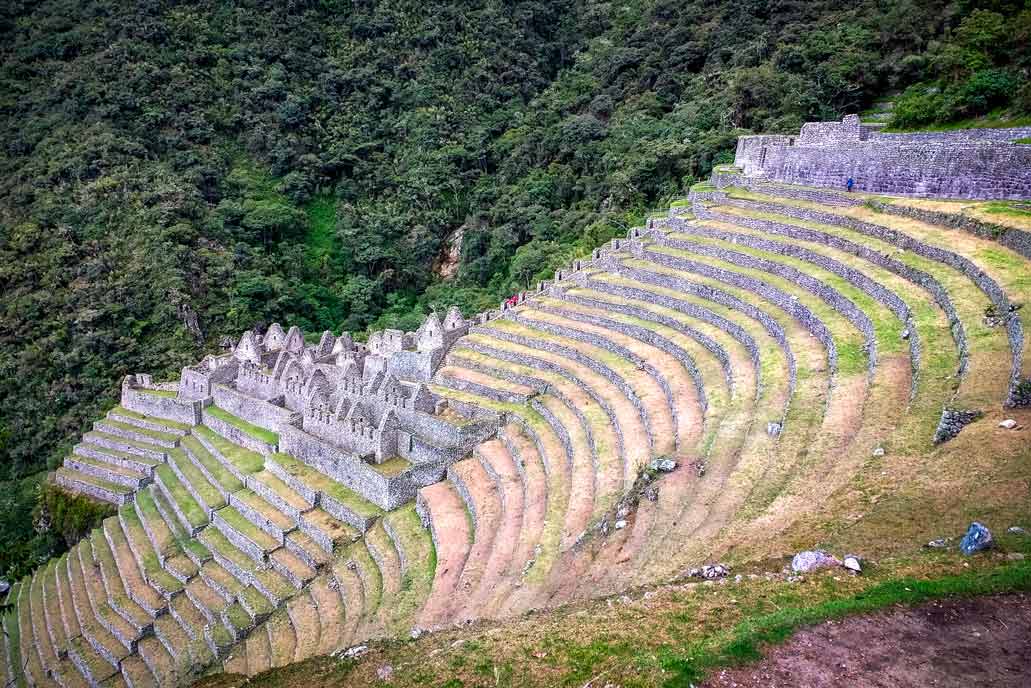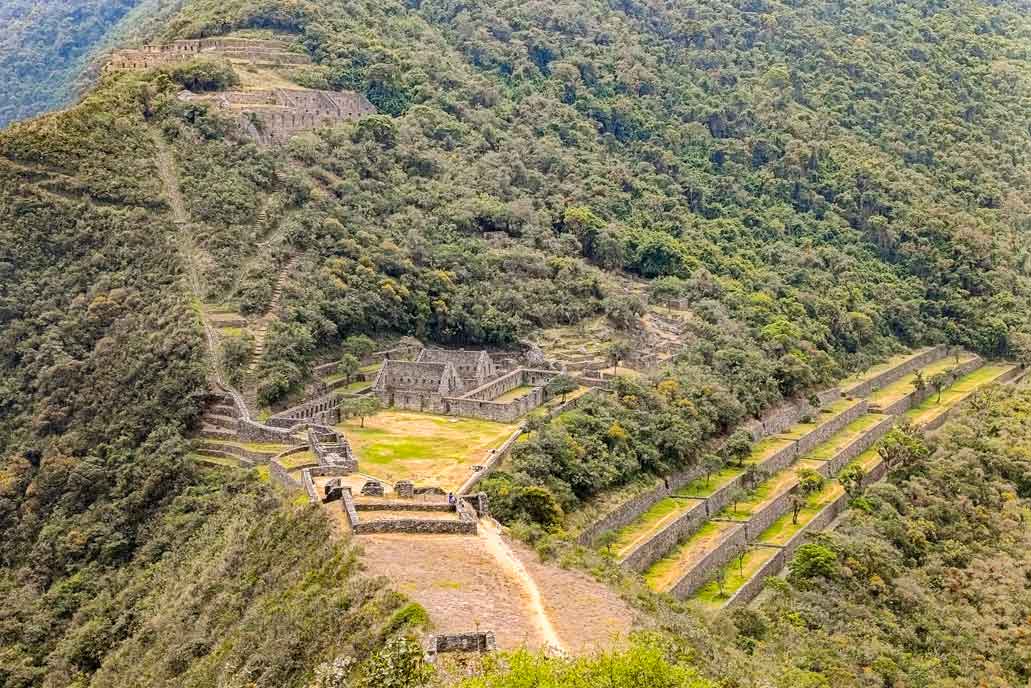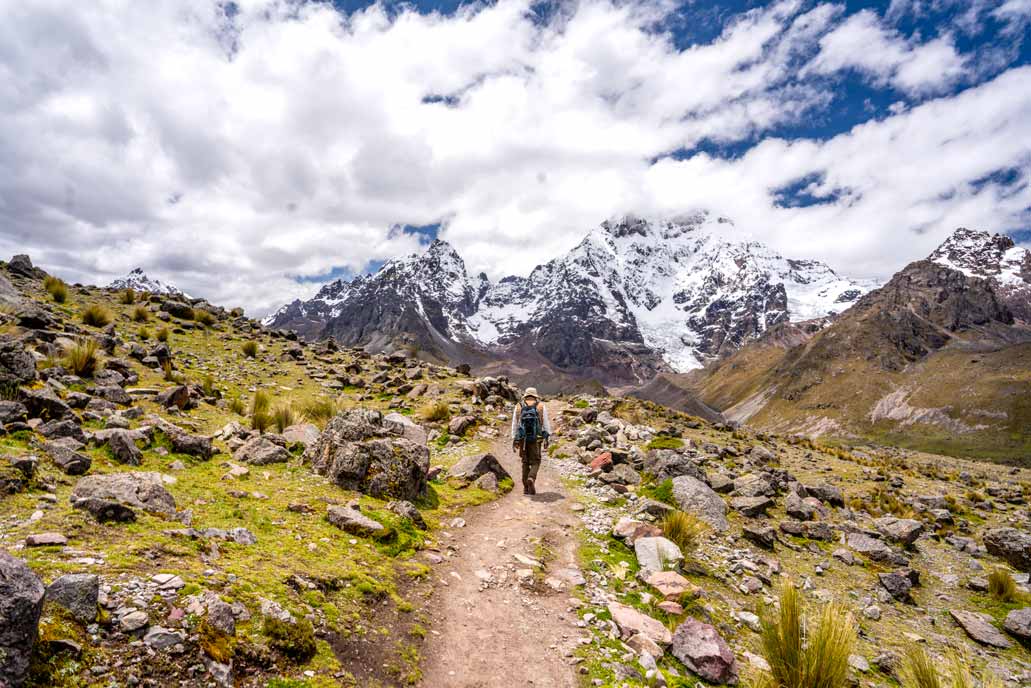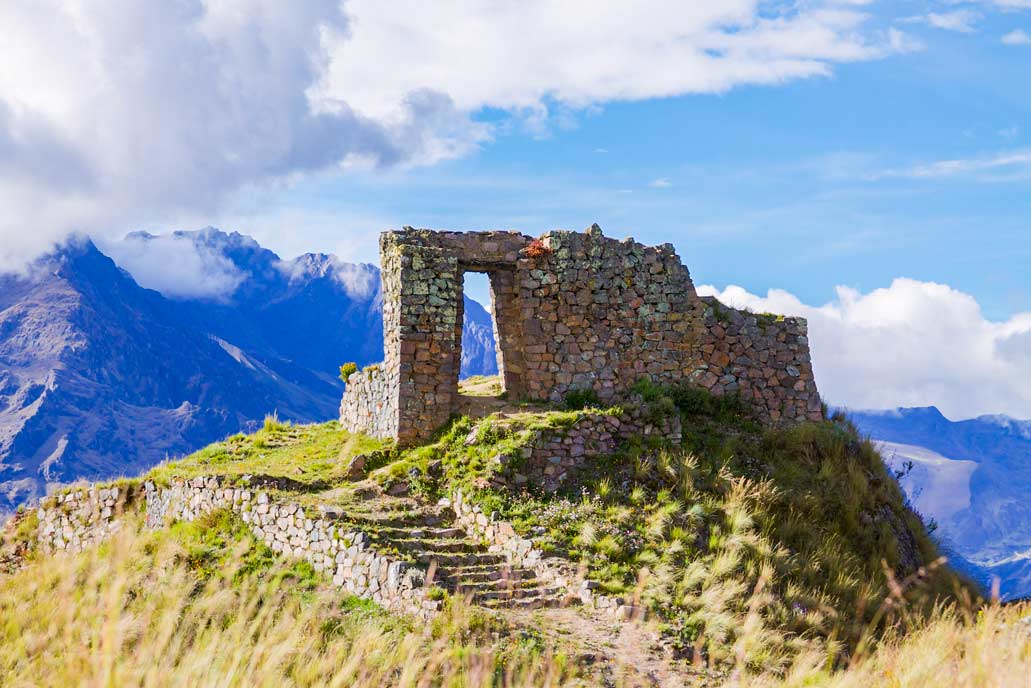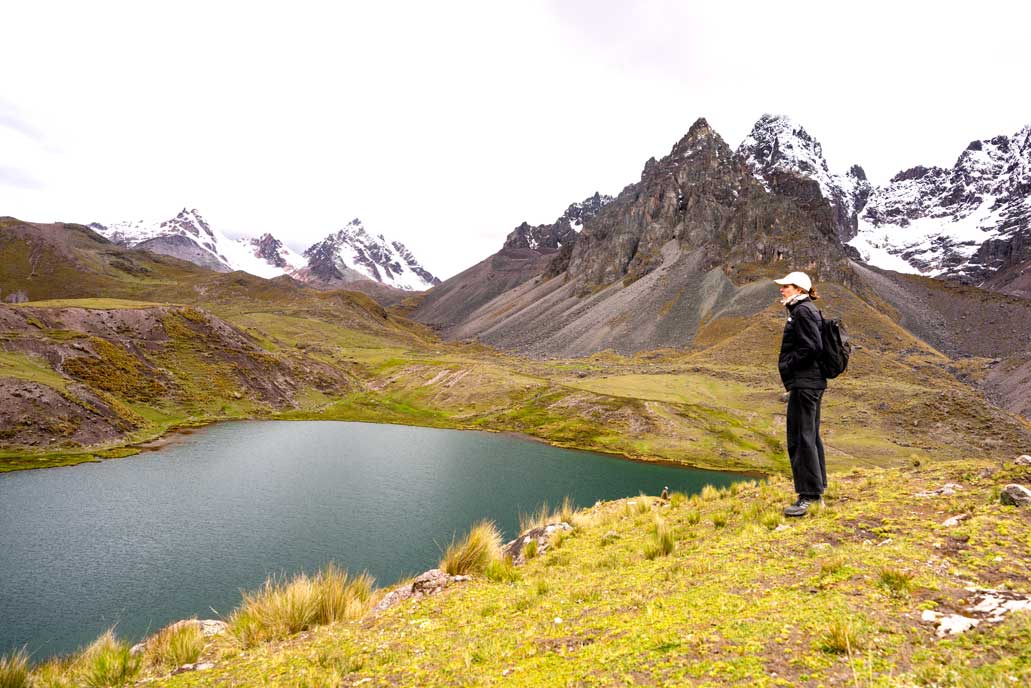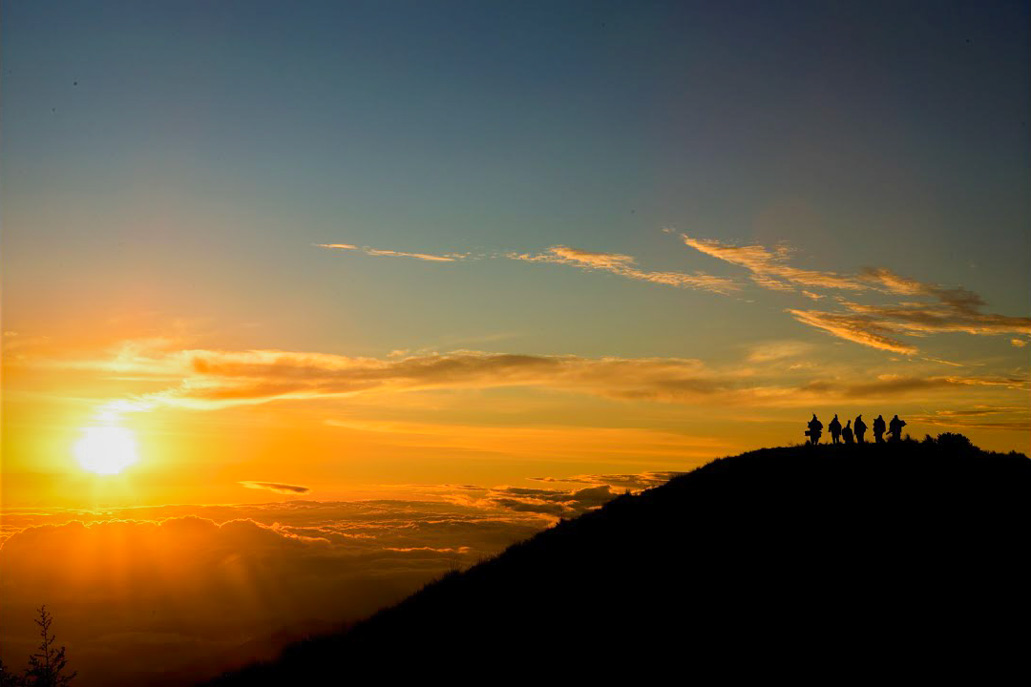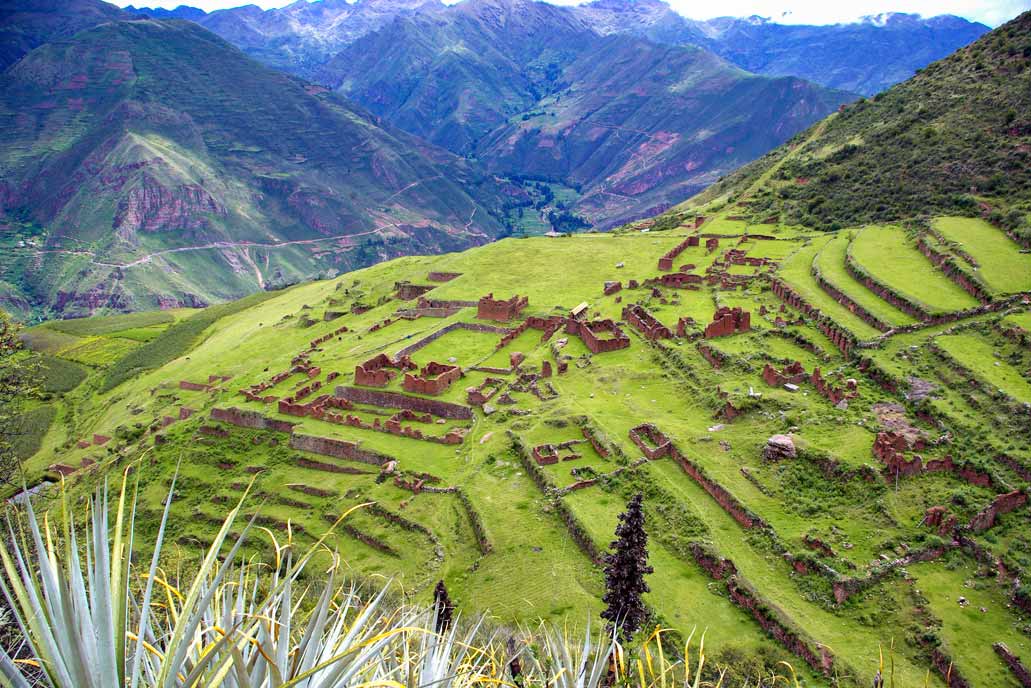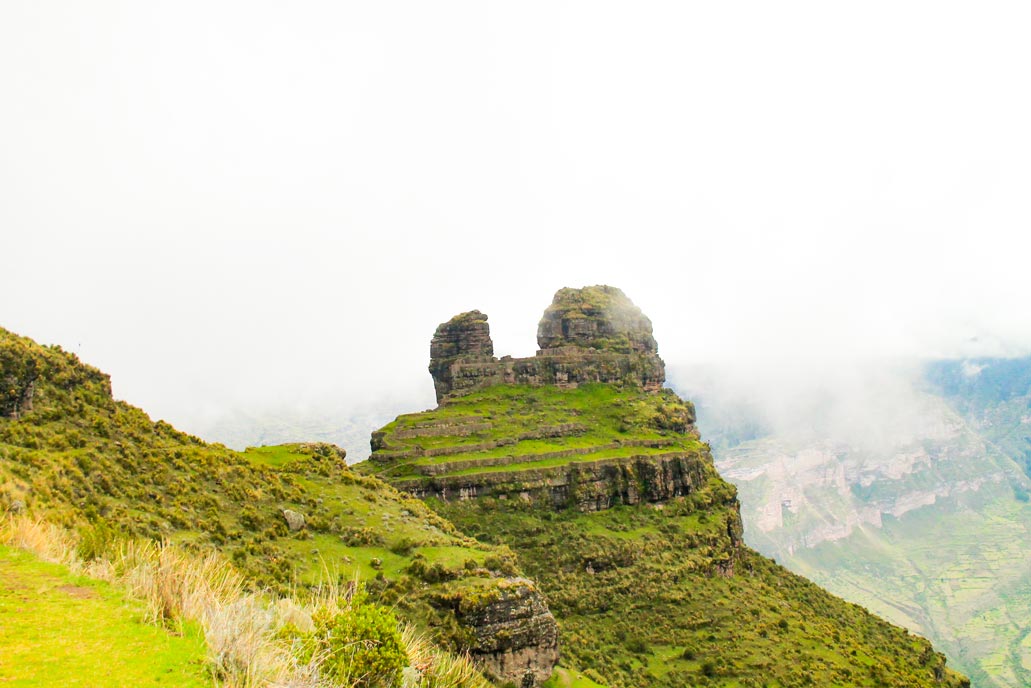The best 8 places to camp in Cusco
Camping in Cusco is a unique experience that combines adventure, breathtaking landscapes, and a deep connection with Andean history and culture. From stunning mountains to archaeological sites filled with mysticism, Cusco’s ideal location offers a variety of perfect destinations for camping enthusiasts. Below, we present the eight best camping spots in Cusco, with detailed information on their location, how to get there, recommendations, and why they are ideal for this activity.
Content
How to prepare for camping in Cusco: To camp in Cusco, it is essential to acclimate to the altitude and be in good physical condition. Plan your route in advance and check if you need permits, especially for famous trails. Make sure to bring the right equipment, such as a tent, sleeping bag, thermal and layered clothing. Don’t forget accessories, water, and enough food, as well as a first aid kit and maps. Remember to inform someone about your plan and route before setting off. Get ready to witness some of the most beautiful landscapes while embarking on great adventures—camping allows you to see places from a different perspective. Don’t miss out on this experience!
Wiñay Wayna
Wiñay Wayna is one of the most impressive archaeological sites on the Inca Trail. Its name means “forever young” in Quechua. In this Inca complex, nature intertwines with stone architecture, creating a landscape that captivates both for its beauty and historical legacy. Due to its location atop a mountain, it is only accessible to those who hike the Inca Trail, either the classic 4-day route or the shorter 2-day version.
- Location: Along the Inca Trail, near Machu Picchu.
- How to get there: It is accessed via the Inca Trail, usually on the third day of the trek to Machu Picchu. A tour with an official permit must be booked, as access is restricted.
- Recommendation: A special permit is required to hike the Inca Trail. It is advisable to camp with an organized group and bring suitable clothing for the humidity.
- Why camp here? Camping at Wiñay Wayna allows you to enjoy the serenity of the site, its impressive Inca architecture, and the experience of being close to one of the wonders of the world without the crowds of Machu Picchu.
Choquequirao
Choquequirao is an impressive Inca archaeological site located between two vastly different worlds: the Andes and the Peruvian Amazon, surrounded by majestic mountains and vegetation-covered canyons. This remote complex, whose name in Quechua means “cradle of gold,” is considered a place of great mysticism and spiritual energy, as it is believed to have been an important ceremonial and religious center. The journey to Choquequirao, which involves a demanding hike through steep trails and breathtaking landscapes, becomes an experience of purification and connection with Pachamama (Mother Earth).
- Location: La Convención Province, 205 km from Cusco.
- How to get there: Access is only possible through a challenging four-day trek from the town of Cachora. The route involves steep ascents and high-intensity sections, so it is recommended to undertake it with experienced guides and in a group.
- Recommendation: Prepare good trekking equipment, bring enough water, food, and a basic first aid kit. Ensure you are in good physical condition and properly acclimatized due to the altitude.
- Why camp here? Camping at Choquequirao means immersing yourself in a setting of mystery and beauty. The isolation and the feeling of traveling back in time, combined with nights under a sky full of stars, offer a unique experience for history and adventure enthusiasts.
Ausangate snow-capped
Ausangate Mountain is the most important sacred peak in the Cusco region, shrouded in Andean legends and traditions. It is the fifth-highest mountain in Peru, reaching a maximum altitude of 6,384 meters above sea level, and is considered an Apu, a protective deity of the surrounding villages. Adorned with glaciers and encircled by colorful lagoons, it is a true natural spectacle. Along the journey, you will see fields of wildflowers, villages that preserve ancient customs, and landscapes that seem straight out of a dream.
- Location: In the district of Ocongate, within the province of Quispicanchi, in the city of Cusco.
- How to get there: From Cusco, take transportation to Tinki (approximately 3 hours). From there, the trek around the mountain begins, a circuit that can take between 4 and 6 days, traversing remote and challenging terrain.
- Recommendation: Due to the altitude and extreme cold, it is essential to bring thermal clothing, high-quality mountain gear, and undergo proper acclimatization.
- Why camp here? Camping at Ausangate means immersing yourself in the majesty of the Andes. The experience of sleeping under a starry sky, surrounded by glaciers and multicolored lagoons, connects you with nature in its purest state, offering an unforgettable adventure.
Inti Punku
Inti Punku, or “Sun Gate,” is an ancient Incan viewpoint that rises above the mountains, offering a panoramic view of the Sacred Valley. This site, which once marked the ceremonial entrance to other sacred places, is surrounded by rock formations and vegetation. From here, you can see stunning valleys, Incan terraces, and abundant flora, creating an almost magical atmosphere.
- Location: Near Ollantaytambo, in the Sacred Valley.
- How to get there: It is accessible on foot from Ollantaytambo via a trail that takes approximately three hours. The moderately difficult route follows stone-paved paths and offers constant panoramic views of the surrounding valleys and mountains.
- Recommendation: Bring plenty of water, sunscreen, and a warm jacket to withstand the nighttime cold. Don’t forget to wake up early to witness the breathtaking sunrise through Inti Punku.
- Why camp here? Camping at Inti Punku means experiencing one of the most stunning sunrises in the Sacred Valley. The blend of history, nature, and the tranquility of a less-visited location makes this site a perfect place to relax.
Trail of the 7 lagoons
The Seven Lagoons Trail is a magical route beneath the Ausangate snow-capped mountain, leading you through high-altitude landscapes filled with color and tranquility. Along the way, you will discover seven lagoons, each with its own unique hue and charm, reflecting the purity of the Andean waters. The trail is surrounded by high-altitude forests, rock formations, and vast skies that invite meditation and contemplation.
- Location: In the village of Pachanta, near the Ausangate Mountain.
- How to get there: From Cusco, take transportation to Pachanta (approximately 4 hours). From there, start a hike that connects each lagoon, allowing you to enjoy changing landscapes and nature at its finest.
- Recommendation: It is essential to bring sunscreen, warm clothing, and enough food and water. A trekking pole can be very helpful on the steeper sections.
- Why camp here? Camping along the Seven Lagoons Trail means immersing yourself in a natural paradise. The vibrant colors of the waters, the silence of the surroundings, and the mystical landscapes make this an unforgettable experience, perfect for those seeking to reconnect with nature.
Tres Cruces viewpoint
The Tres Cruces Viewpoint is one of the most magical places in Cusco. This viewpoint offers an impressive sunrise view, known as the “Magic Sunrise” or “Andean Sunrise.” From this spot, located at over 3,800 meters above sea level, you can witness how the sun’s rays pierce through the mist of the Amazon jungle, creating a unique effect that seems to divide the sky into sections.
- Location: Located in the district of Challabamba, province of Paucartambo, department of Cusco.
- How to get there: Travel by vehicle from Cusco to Challabamba (approximately 4 hours), followed by a short hike to the viewpoint. The route is accessible and offers breathtaking scenery at every turn.
- Recommendation: Plan your visit between May and July to witness the “double sun” phenomenon at sunrise. Bring warm clothing and plenty of water, as the altitude and humidity can be challenging.
- Why camp here? Camping at the Tres Cruces Viewpoint allows you to experience the fusion of two worlds: the imposing serenity of the mountains and the vibrant energy of the jungle. Each sunrise, with the sun emerging between the mountains, creates a unique and magical atmosphere.
Huchuy Qosqo
Huchuy Qosqo, which in Quechua means “Little Cusco,” is an ancient Inca city hidden in the Sacred Valley at about 3,600 meters above sea level. This archaeological site is surrounded by agricultural terraces, mountains, and valleys. As you explore its architecture, you will see remnants of ceremonial and residential structures, while the wild nature enhances the beauty of the place.
- Location: Lamay village, in the province of Calca, Cusco.
- How to get there: Access is via a hike starting from the town of Chinchero or Lamay, depending on the chosen route. The moderately difficult trek allows you to enjoy the typical flora and fauna of the Sacred Valley.
- Recommendation: Wear comfortable footwear and dress warmly to adapt to temperature changes. Explore every corner of the site to marvel at its history.
- Why camp here? Camping at Huchuy Qosqo is an immersion in an environment rich in culture and natural beauty. The tranquility of the place, along with the breathtaking panoramic views of the valley and mountains, creates the perfect setting to disconnect and dream of ancient times.
Waqrapukara
Waqrapukara, whose name in Quechua means “fortress in the shape of a horn,” is an impressive archaeological site located at about 4,300 meters above sea level. This enigmatic complex combines ceremonial structures, plazas, agricultural terraces, and water channels, showcasing its importance as a religious and strategic center during the Inca period. Surrounded by a spectacular landscape of canyons and mountains, it is considered one of the most magical places. Its access, which includes a moderately difficult hike, makes it an ideal destination for trekking, camping, history, and nature lovers.
- Location: Acomayo Province, Cusco.
- How to get there: From Cusco, travel by vehicle to Santa Lucía, then embark on a several-hour hike along steep trails, where each step offers stunning views of the valley and mountains.
- Recommendation: It is recommended to camp near the archaeological site to fully experience the sunrise and sunset, when the light transforms the ruins into almost mystical shapes. Bring warm clothing, proper footwear, and trekking equipment, as the terrain is rugged.
- Why camp here? Camping at Waqrapukara means experiencing history firsthand. Surrounded by ancient structures and breathtaking landscapes, you will enjoy the serenity of the mountains and the magical atmosphere as the sun rises over the ruins, making this place an ideal retreat for adventurers and lovers of Inca mysteries.
By Machupicchu Terra – Last updated, February 21, 2025
